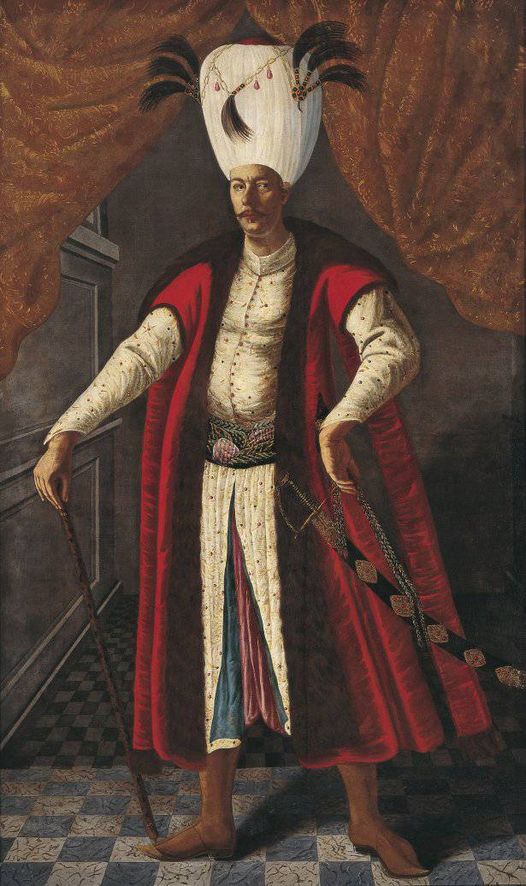On January 2, 1642, Mehmed IV was born at Topkapı Palace, Constantinople, Ottoman Empire.
Mehmed IV (Ottoman Turkish: محمد رابع, romanized: Meḥmed-i rābi; Turkish: IV. Mehmed; 2 January 1642 – 6 January 1693), also known as Mehmed the Hunter (Turkish: Avcı Mehmed), was the sultan of the Ottoman Empire from 1648 to 1687. He came to the throne at the age of six after his father was overthrown in a coup. Mehmed went on to become the second-longest-reigning sultan in Ottoman history after Suleiman the Magnificent. While the initial and final years of his reign were characterized by military defeat and political instability, during his middle years he oversaw the revival of the empire’s fortunes associated with the Köprülü era. Mehmed IV was known by contemporaries as a particularly pious ruler, and was referred to as gazi, or “holy warrior” for his role in the many conquests carried out during his long reign.
Under Mehmed IV’s reign, the empire reached the height of its territorial expansion in Europe. From a young age he developed a keen interest in hunting, for which he is known as avcı (translated as “the Hunter”). In 1687, Mehmed was overthrown by soldiers disenchanted by the course of the ongoing War of the Holy League. He subsequently retired to Edirne, where he resided and died of natural causes in 1693.
Portrait of Mehmed IV (oil on canvas, 1682)
